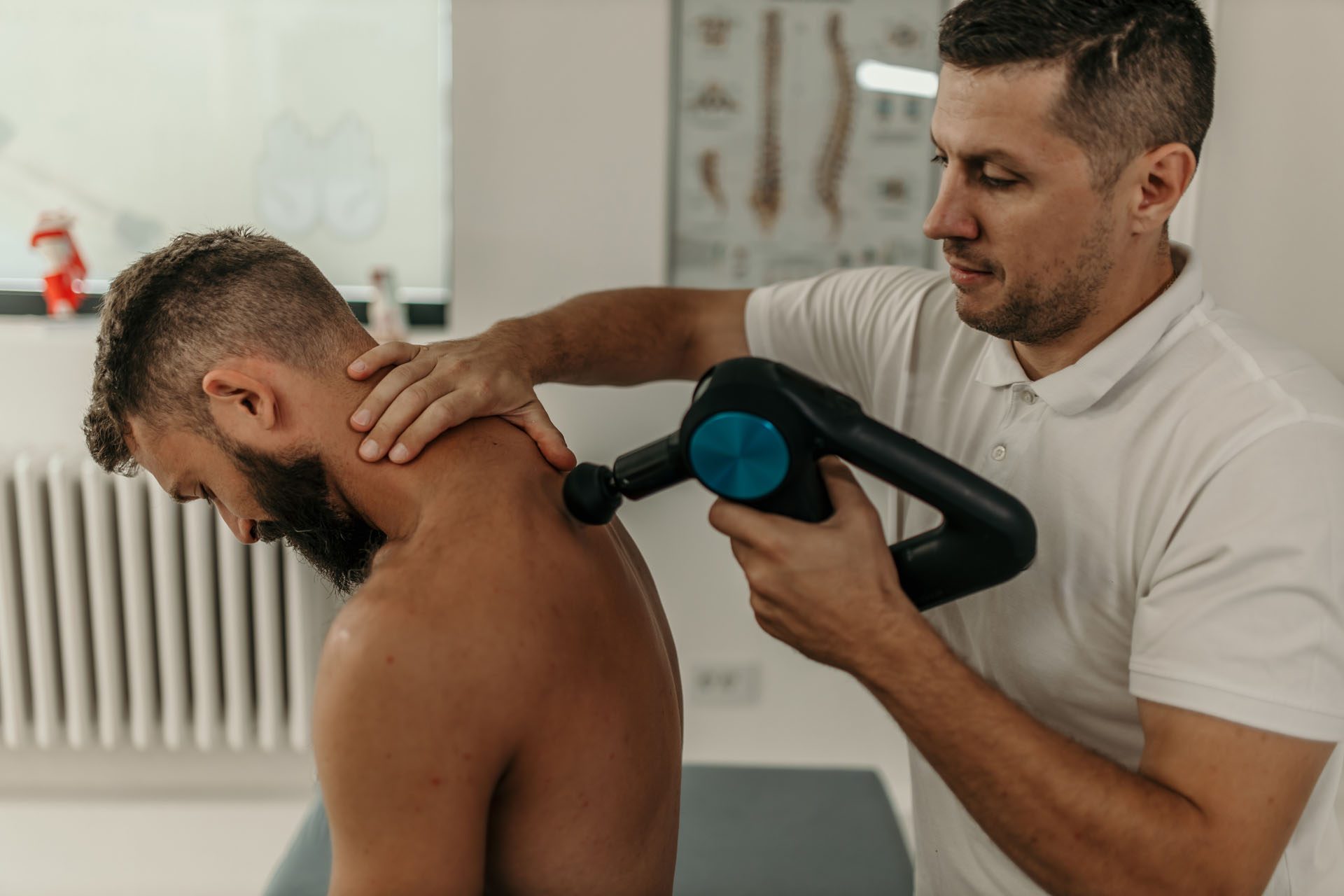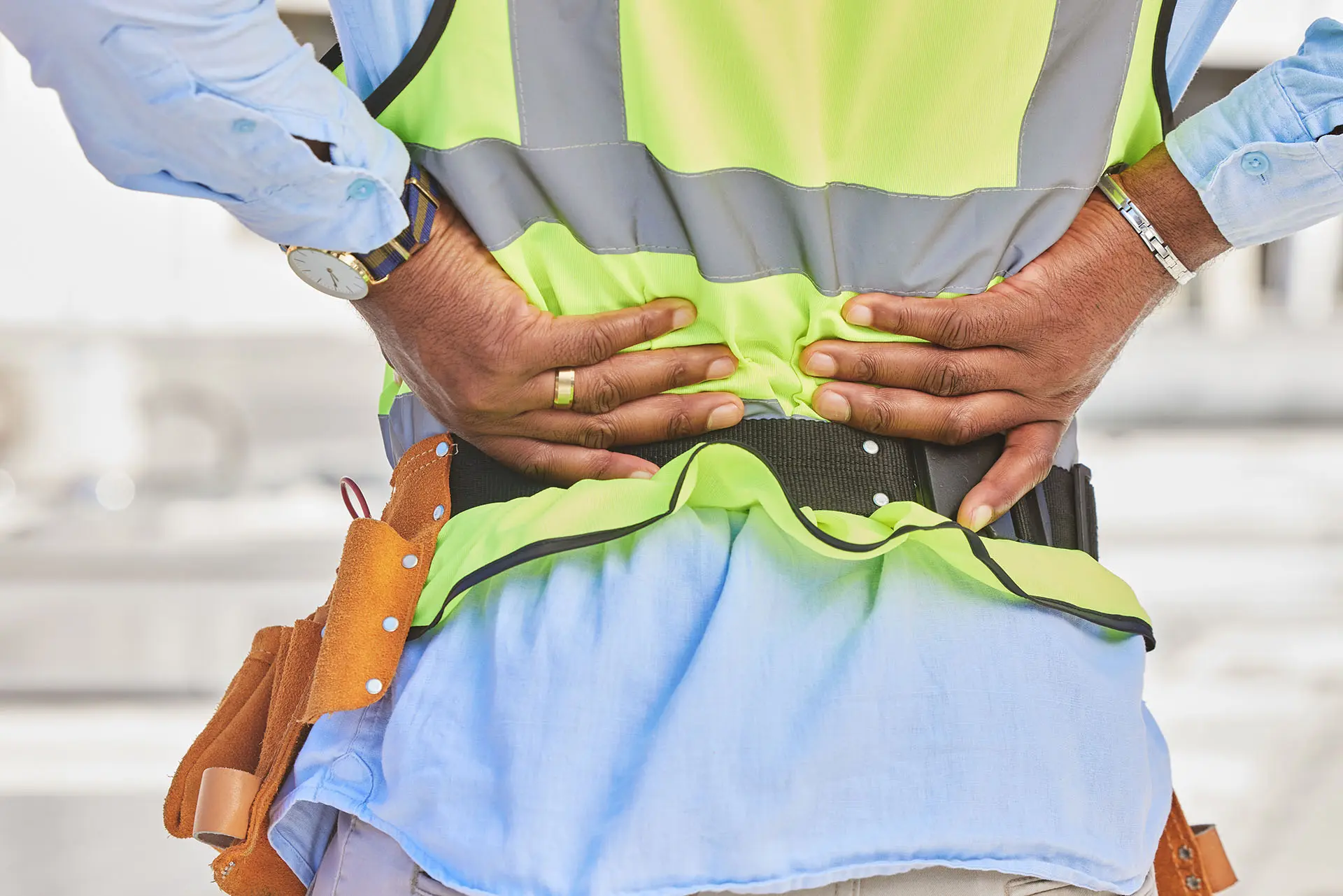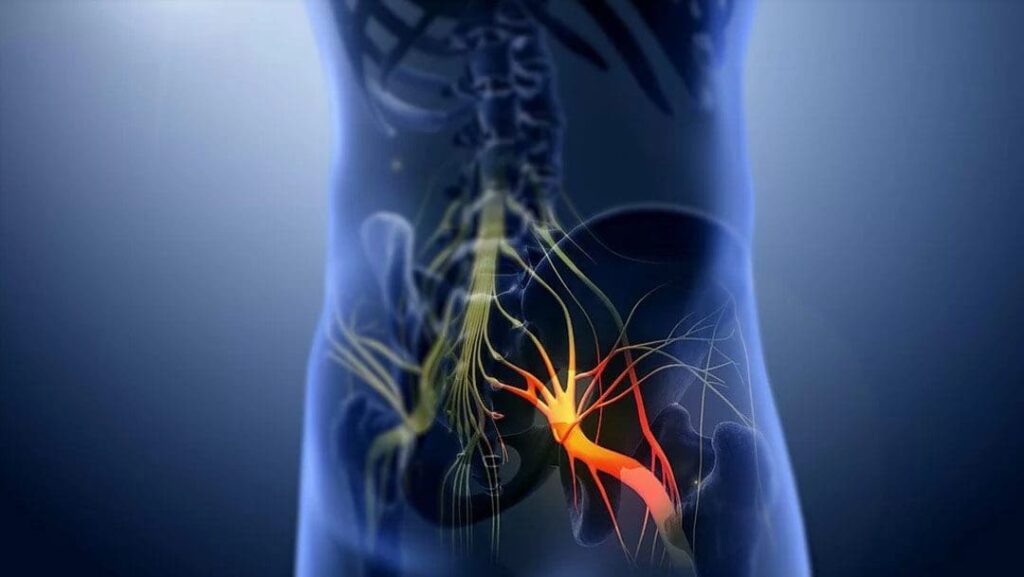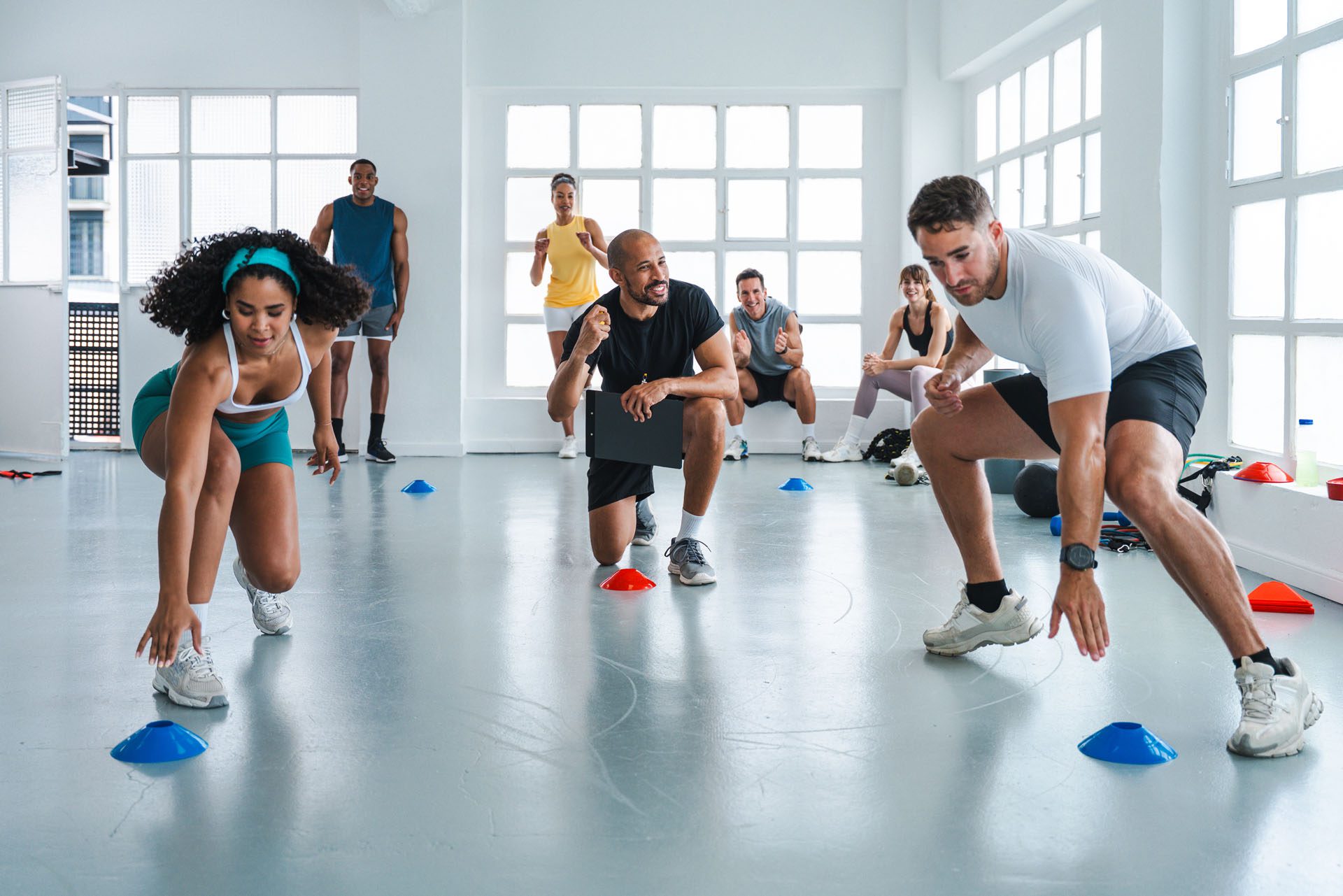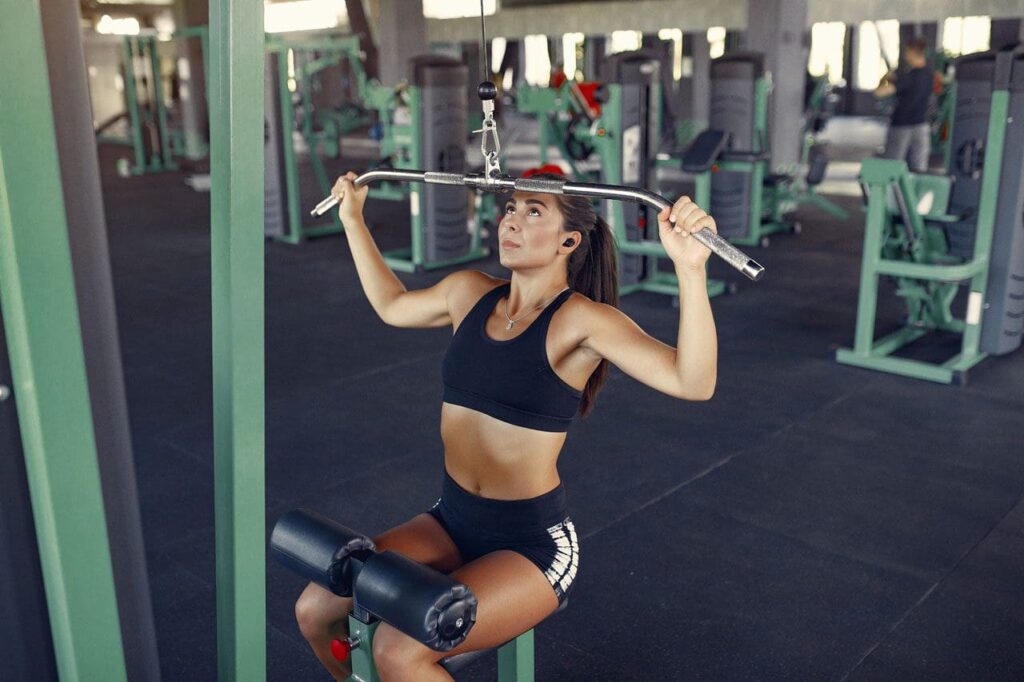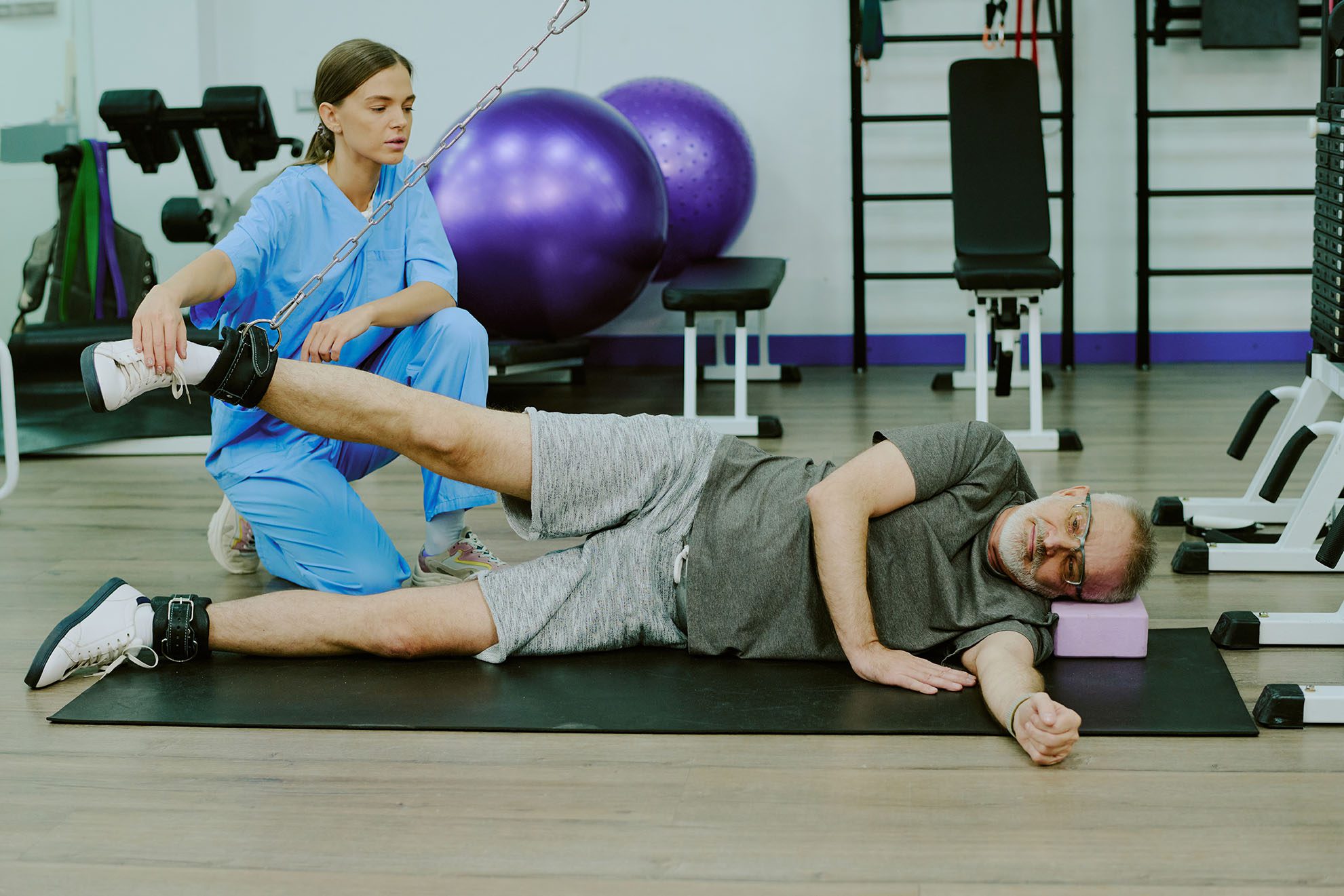Massage Before or After Exercise: Massage with Chiro
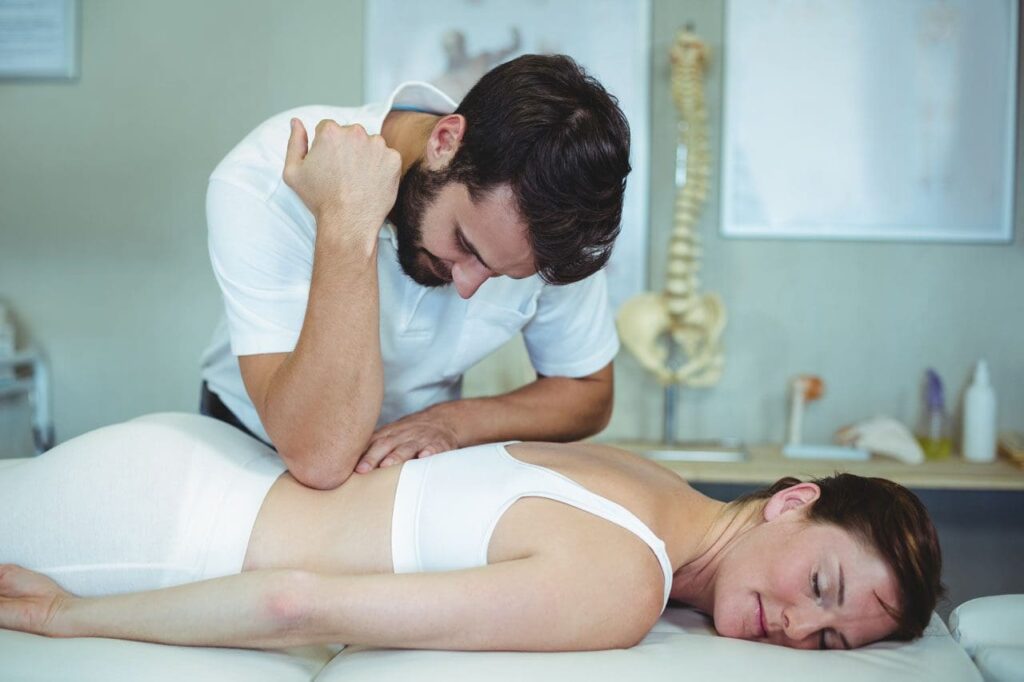
Massage Before or After Exercise? A Chiropractor’s Guide for Smarter Training
The short answer
- Before a workout: Choose a short, light massage to boost blood flow and loosen tight spots. Keep it brief and gentle so your muscles stay responsive. Avoid deep tissue right before training. (Marathon Handbook, 2023; One Peloton, 2024; Mine & Nakayama, 2018; Dakić et al., 2023). Marathon Handbook+1
- After a workout: Massage is best for recovery—it can reduce soreness (DOMS), promote relaxation, and support healthy circulation. (Verywell Fit, 2022; PureGym, 2025; Northwich Foot Clinic, 2023). Verywell Fit+2PureGym+2
- Chiropractic + massage together: Working soft tissue and joints often leads to better mobility and longer-lasting relief than either alone. (The Joint, 2025; Link Chiropractic Clinic, 2025; ChiroSports USA, 2025; Tucson Sports Recovery, 2025). tucsonsportsrecovery.com+3The Joint Chiropractic+3Link Chiropractic Clinic+3
Why timing matters
Your goals change across the workout:
- Preparation (pre-workout): You want muscles warm and responsive. Light massage can increase local circulation and ease stiffness without “dampening” power. (Marathon Handbook, 2023). Marathon Handbook
- Recovery (post-workout): You want soreness down and relaxation up. Massage can support blood and lymph flow and help you bounce back. (Verywell Fit, 2022; PureGym, 2025). Verywell Fit+1
Deep, lengthy pre-event massage can temporarily reduce explosive strength or speed, likely by over-relaxing muscle and nervous-system readiness. Save deep work for after training or rest days. (Mine & Nakayama, 2018; Dakić et al., 2023).
How to use massage around your workout
If your goal is performance prep
- Do: 5–10 minutes of light, rhythmic strokes on the muscles you’re about to use (calves, quads, glutes, pecs, lats), then a dynamic warm-up (leg swings, skips, carioca). (Marathon Handbook, 2023). Marathon Handbook
- Skip: Deep tissue or long trigger-point holds right before heavy lifts or sprints. (Mine & Nakayama, 2018; Dakić et al., 2023).
If your goal is faster recovery
- Do: 10–20 minutes after training with moderate pressure on the muscles you worked. Earlier is often better for easing next-day soreness. (PureGym, 2025; Verywell Fit, 2022). PureGym+1
- Big events (long runs/rides): Start with light recovery work the same day; consider deeper work 24–48 hours later if you’re very sore. (Marathon Handbook, 2023). Marathon Handbook
Why pair massage with chiropractic care?
Massage targets muscles and fascia; chiropractic care optimizes joint alignment, spinal mechanics, and nervous-system signaling. Used together, they can:
- Enhance mobility and flexibility (muscles relax; joints move better).
- Reduce pain and stiffness more effectively than either alone.
- Help adjustments “hold” longer because surrounding soft tissues are calmer and more balanced. (The Joint, 2025; Link Chiropractic Clinic, 2025; ChiroSports USA, 2025). The Joint Chiropractic+2Link Chiropractic Clinic+2
Which order?
- Massage before an adjustment, if you’re tight or guarded, to reduce resistance.
- Massage after an adjustment to help tissues adapt to the new joint position.
- For ongoing pain or rehab, using both during the same week (often on different days) works well. (Tucson Sports Recovery, 2025). tucsonsportsrecovery.com
Sport-specific quick plans
Strength day or sprints (power focus)
- 5–8 min light massage → dynamic warm-up → train → 10–15 min moderate massage (not deep). (Marathon Handbook, 2023; PureGym, 2025). Marathon Handbook+1
Endurance day (run/cycle)
- Brief light massage pre-session for stiffness → train → 10–20 min recovery work after. Save deep tissue for rest days. (Marathon Handbook, 2023; Northwich Foot Clinic, 2023). Marathon Handbook+1
Recovery day
- Deeper tissue work + mobility and easy cardio (walk/spin) to flush. (Verywell Fit, 2022). Verywell Fit
Safety and sensible limits
Skip or modify massage if you have open wounds, fever, active skin infection, uncontrolled hypertension, or suspected DVT. If you notice new numbness, weakness, or severe pain, get a licensed clinical evaluation first; imaging may be appropriate before manual care. (The Joint, 2025; Tucson Sports Recovery, 2025). The Joint Chiropractic+1
Simple decision guide
- Want to feel loose and ready? → Light massage before exercise + dynamic warm-up. (Marathon Handbook, 2023). Marathon Handbook
- Want to recover faster? → Post-workout massage the same day. (PureGym, 2025; Verywell Fit, 2022). PureGym+1
- Need lasting relief? → Combine massage + chiropractic to address soft tissue and joint alignment together. (Link Chiropractic Clinic, 2025; ChiroSports USA, 2025). Link Chiropractic Clinic+1
References
Dakić, M., et al. (2023). The effects of massage therapy on sport and exercise performance and recovery. Sports, 11(6), 110. https://www.mdpi.com/2075-4663/11/6/110
Link Chiropractic Clinic. (2025). Combined benefits of massage therapy and chiropractic care. https://linkchiropracticclinic.com/combined-benefits-of-massage-therapy-and-chiropractic-care/ Link Chiropractic Clinic
Marathon Handbook. (2023, April 24). Should you get a massage before or after a workout? https://marathonhandbook.com/massage-before-or-after-a-workout/ Marathon Handbook
Mine, K., & Nakayama, T. (2018). Is pre-performance massage effective to improve maximal muscle strength and functional performance? A systematic review. Journal of Physical Therapy Science. https://pmc.ncbi.nlm.nih.gov/articles/PMC6159489/
Northwich Foot Clinic. (2023, October 5). Should I get a sports massage before or after a workout? https://northwichfootclinic.co.uk/sports-massage-before-after-workout/ Northwich Foot Clinic
One Peloton. (2024, September 6). Should you massage muscles before or after a workout? https://www.onepeloton.com/blog/massage-before-or-after-workout Peloton
PureGym. (2025). Is it best to get a massage before or after a workout? https://www.puregym.com/us/blog/is-it-best-to-get-a-massage-before-or-after-a-workout PureGym
The Joint Chiropractic. (2025, August 5). Chiropractic care and massage therapy. https://www.thejoint.com/2025/08/05/chiropractic-care-and-massage-therapy The Joint Chiropractic
Tucson Sports Recovery. (2025, March 14). Should I get a massage before or after a chiropractic adjustment? https://www.tucsonsportsrecovery.com/should-i-get-a-massage-before-or-after-a-chiropractic-adjustment tucsonsportsrecovery.com
Verywell Fit. (2022, October 28). How to use massage for post-workout recovery. https://www.verywellfit.com/massage-after-exercise-may-speed-muscle-recovery-3436572 Verywell Fit
ChiroSports USA. (2025, May 17). Can you combine massage therapy and chiropractic care? https://www.chirosportsusa.com/blog/posts/can-you-combine-massage-therapy-and-chiropractic-care chirosportsusa.com

